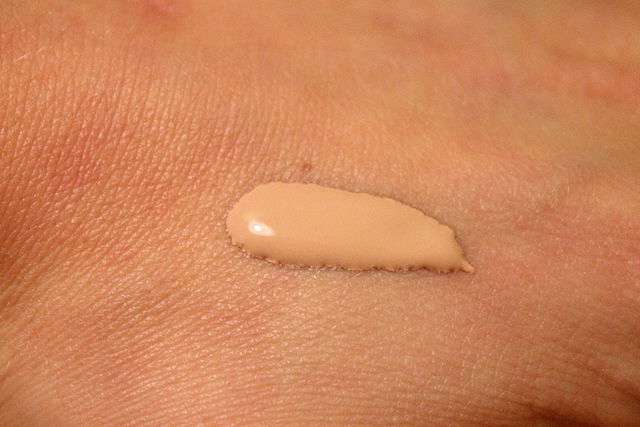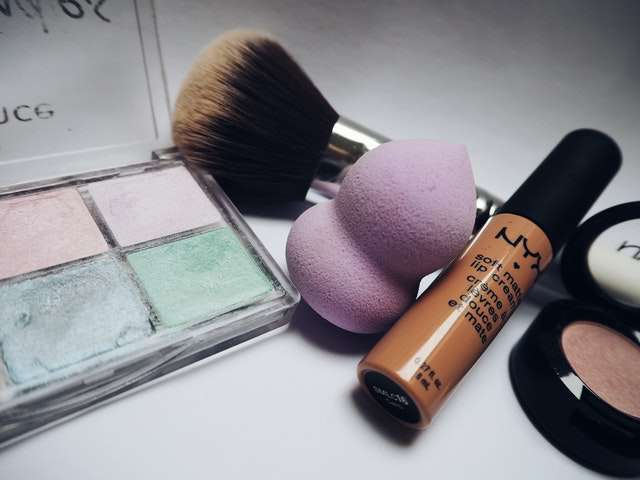
Cosmetics brands are fostering inclusivity by offering a wider range of shades for all skin tones. Image source: Pexels user Gumzito Leruo
The cosmetics industry is changing at a rapid pace. In the past, it was nearly impossible for people of color to find the perfect shade of foundation for their skin tones, as most cosmetics brands only offered a handful of darker shade options. For instance, one cosmetics brand famously claimed to offer 30 different foundation shades, but only five of those shades were marketed toward people of color.1 Today, we’re seeing a significant shift in shade offerings from top makeup manufacturers and the emergence of exciting new brands building their reputations on their diverse palettes. Rihanna’s Fenty Beauty, for example, recently released a 40-shade collection of foundations that cover a massive range of skin tones, and nearly half of those shades are marketed toward people of color. As Marissa Muller writes in W Magazine, the move is regarded by many in the beauty industry as “ushering in a new era of inclusivity.”2
As the need for inclusivity becomes more apparent, many cosmetics brands are creating broader spectrums of foundation colors in order to better meet their customers’ needs. However, to consistently create a diverse array of shades, you need to implement strict color quality control protocols based on spectrophotometric color measurement.
Why Color Matching is Important
Because foundation is meant to mimic a customer’s natural skin tone, precise color formulation and consistency matters. Even slight variations in color could make the foundation appear either too light or too dark for someone’s natural skin. People of color who have darker skin tones often find color matching particularly difficult, as many foundation shades make their skin appear grey or ashy. This happens when a foundation is too light in color or too opaque—it doesn’t blend in seamlessly with the skin’s natural undertones and this is especially apparent on darker skin.3
Due to the difficult process of finding the perfect match, customers generally like to stick with the same foundation brand once they find a shade that works well with their skin. In fact, a recent Corra Research study found that only 11 percent of makeup wearers switch foundation brands frequently and customers were significantly less likely to switch if they found products that closely matched their skin color.4 As such, offering a wide range of shades that will blend with a diverse array of skin tones will help you meet the needs of your customers today and likely for years to come.

The more foundation shades a manufacturer creates, the more likely one of the shades will match a customer’s skin tone. Image source: Wikimedia user Jen



